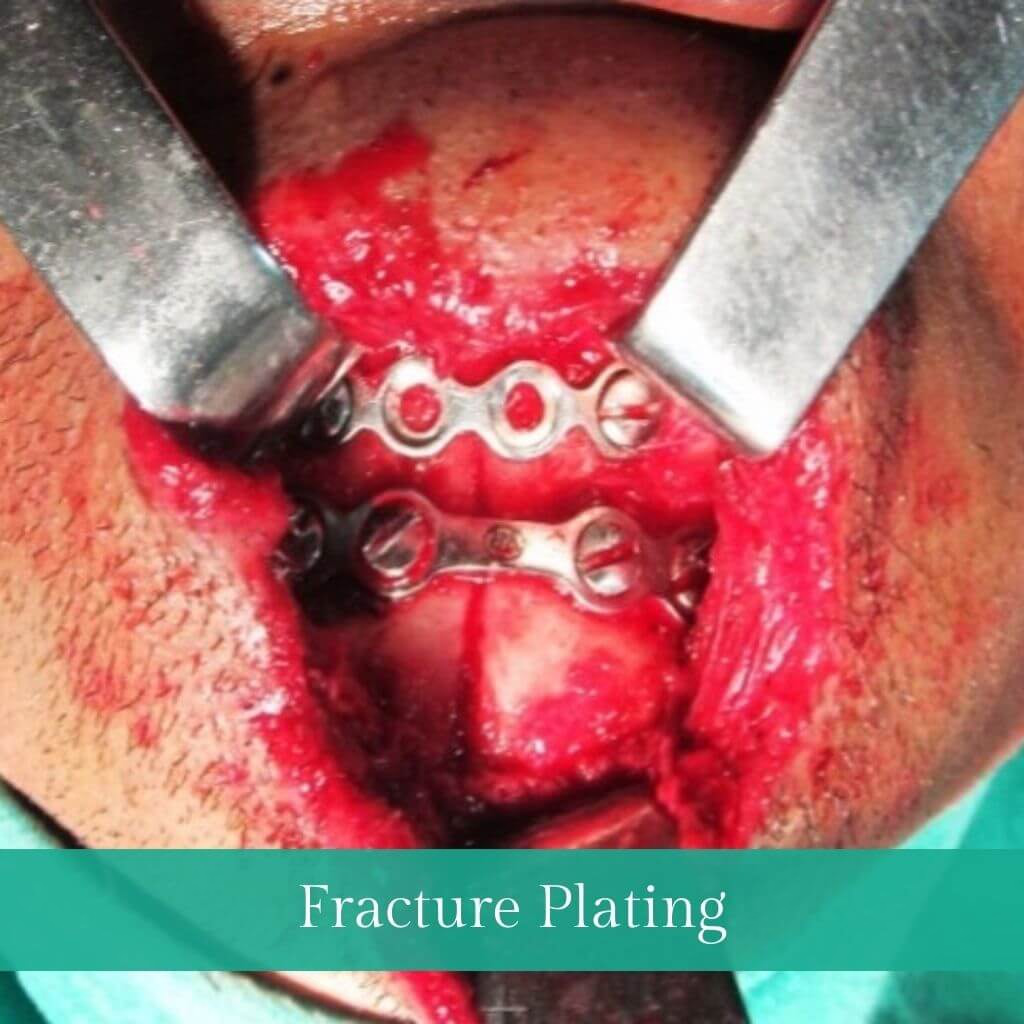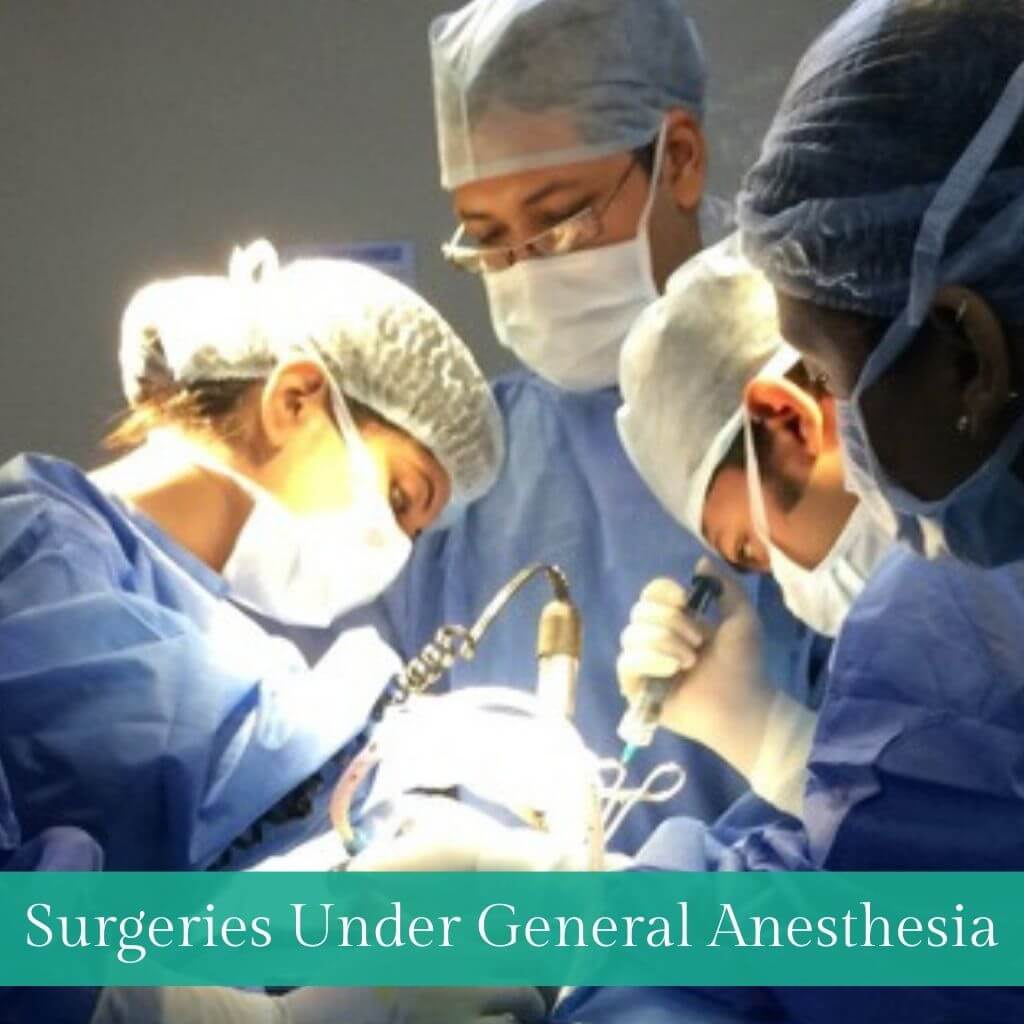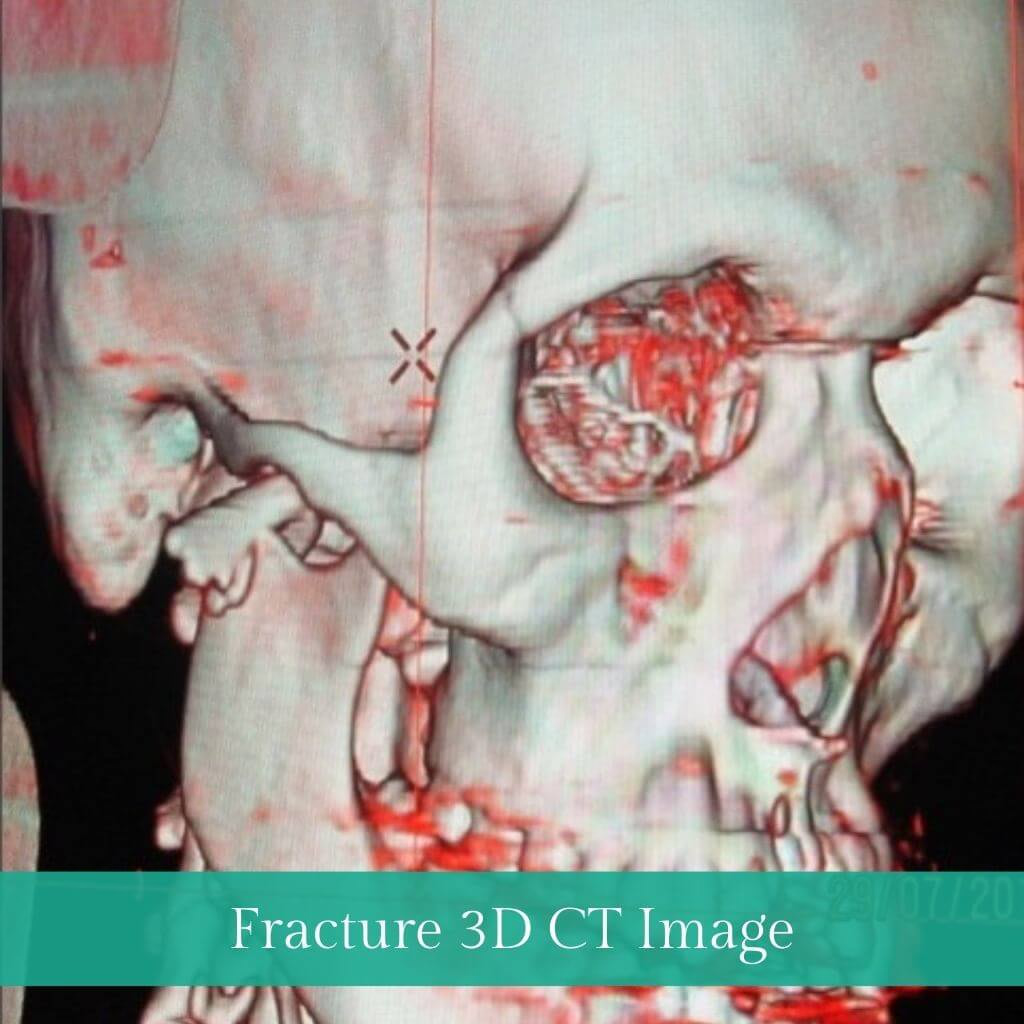Facial fractures denote the occurrence of bone fractures within the facial region, encompassing the collective structure known as the maxillofacial region. Such traumatic incidents often arise from vehicular collisions, accidental falls, and physical aggression. Notably, facial fractures are also prevalent in cases of firearm-related injuries. The facial skeletal framework possesses a comparatively reduced thickness in relation to other osseous structures in the body, rendering it susceptible to injury upon impact.
What Causes Facial Fractures?
Motor Vehicle Accidents
High-speed collisions can lead to facial injuries, especially if seat belts or airbags are improperly used.
Falls
Falls from heights, slips, or accidents can cause facial fractures, especially among older adults or in workplaces.
Sports Injuries
Contact sports like football or boxing risk facial trauma.
Assault
Physical altercations or violent attacks can cause fractures in the face.
Industrial Accidents
Workers in certain industries may be at risk due to equipment malfunctions or hazardous conditions.
Recreational Activities
Biking, skiing, or skateboarding can also result in facial injuries.
What are the Symptoms of Facial Fractures
Swelling
Rapid swelling around the face, especially in the area of impact.
Bruising
Discoloration, often appearing as black and blue marks (ecchymosis).
Deformity
Visible changes in the shape of the face or displaced bones.
Pain
Intense pain in the facial region, particularly when moving or touching the affected area.
Nasal Bleeding
Bleeding from the nose can indicate nasal or skull fractures.
Difficulty Breathing
Especially if nasal passages are obstructed due to fractures.
Visual Changes
Double vision, changes in eye movement, or difficulty closing the eyes.
Swollen Shut Eyes
Inability to open the eyes due to swelling.
Diagnosis of Facial Fractures
Physical Examination
Assessing the face for deformities, swelling, tenderness, and other visible signs.
Imaging
X-rays, CT scans, or MRIs may be used to identify the extent and location of fractures.
Nasal Endoscopy
To assess damage to the nasal passages or sinus cavities.
Treatment Options for Facial Fractures
Observation
Minor fractures may heal on their own with careful monitoring.
Immobilisation
Immobilisation using splints or other devices may be sufficient for stable fractures.
Closed Reduction
A non-surgical procedure to realign displaced bones.
Open Reduction
Surgical realignment of fractured bones, often necessary for complex fractures.
Internal Fixation
Using plates, screws, or wires to stabilise fractures during healing.
Pain Management
Prescribing pain medications to alleviate discomfort.
Follow-up
Frequent follow-up appointments to monitor healing progress and address complications.





